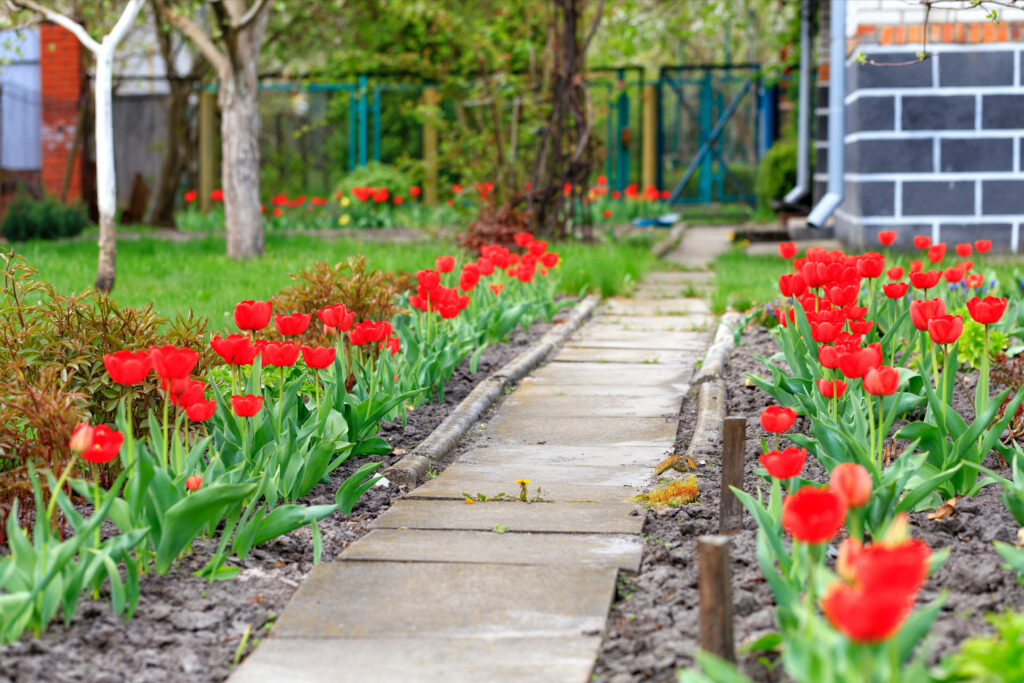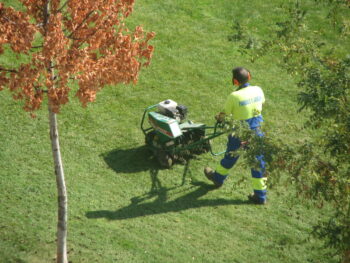As winter comes to an end and the promise of spring approaches, it’s time to start planning your garden and introducing vibrant colors to your outdoor space. Planting spring flowers in North Texas requires careful timing and understanding of the local climate.
In this article, we will guide you through the proper timing for planting spring flowers, from perennials to bulbs, as well as essential care tips to ensure a successful and blooming spring garden.
Plant after the Last Freeze
Before diving into the various types of spring flowers, it’s crucial to note that planting needs to be done after the last freeze. In North Texas, this typically occurs around mid-March to early April.
Planting too soon can subject your delicate flowers to cold damage. Be patient and wait for the last frost before getting your hands dirty. Invest in our flower bed cleanup service and get your flower beds ready for spring.
When to Plant Spring Perennials
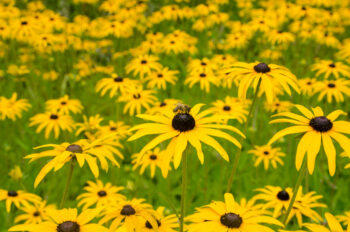
Perennials are a fantastic addition to any garden as they bring color year after year. In North Texas, the ideal time to plant spring perennials is during early spring, around mid-April.
This timing allows them to establish strong root systems before the peak summer heat arrives.
Popular spring perennials for North Texas include coreopsis, black-eyed Susan, and salvia.
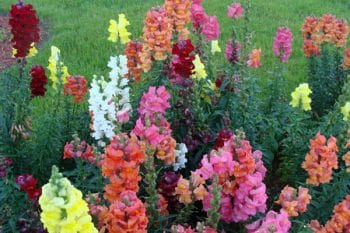
When to Plant Spring Annuals
Adding annuals to your garden is a great way to provide immediate bursts of color and fill in any empty spaces.
For North Texas, you can start planting spring annuals as early as late February or early March.
These cool-season flowers, such as pansies, petunias, and snapdragons, thrive in the mild temperatures of early spring before the scorching summer arrives. Find out the difference between annuals, perennials, and biennials.
When to Plant Spring Bulbs
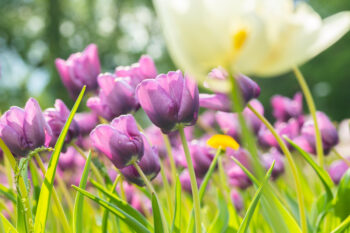
Spring bulbs like tulips, daffodils, and hyacinths require some forward planning. While they bloom in spring, they actually need to be planted in the fall. Aim to plant spring bulbs in October or November for optimal results.
The cold winter temperatures stimulate their growth, and come springtime, you’ll be rewarded with a stunning display of blooming bulbs. Learn more about planting bulbs.
Watering Spring Flowers Well
Proper watering is crucial for the success of your spring flowers. During the initial planting, ensure that you thoroughly water the plants, allowing the roots to establish and anchor themselves.
As the season progresses, keep an eye on rainfall levels and adjust your watering accordingly. Aim for deep, infrequent watering to promote healthy root growth and reduce the risk of shallow root systems.

Add Mulch
Mulching is an essential practice to conserve moisture, moderate soil temperature, and suppress weeds.
After planting your spring flowers, apply a layer of organic mulch around the base of the plants.
This will help retain moisture, regulate soil temperature, and provide a neat, clean appearance to your garden beds. Check out our mulch installation service page.
When to Fertilize Spring Flowers
To promote vigorous growth and nourish your spring flowers, fertilization is key. Generally, applying a slow-release, balanced fertilizer during early spring is recommended.
Read the instructions on the fertilizer packaging for the proper application rate and method. Remember to follow best practices to avoid over-fertilizing, which can lead to unnecessary plant stress.
Deadheading
As spring flowers bloom, they will naturally start to wilt and fade. Deadheading, or removing spent flowers, not only keeps your garden looking tidy and presentable but also encourages the plants to produce more blooms.
Regularly check your spring flowers and snip off any faded flowers close to the stem to stimulate continuous flowering throughout the season. Head over to our landscaping installation service page if you’d rather have us plant spring flowers for you.
Conclusion
Planting spring flowers in North Texas requires careful timing and attention to detail. By following our spring planting tips you will have a vibrant and flourishing spring garden. Get ready to embrace the beauty of nature as it awakens from the winter slumber. Happy gardening!

